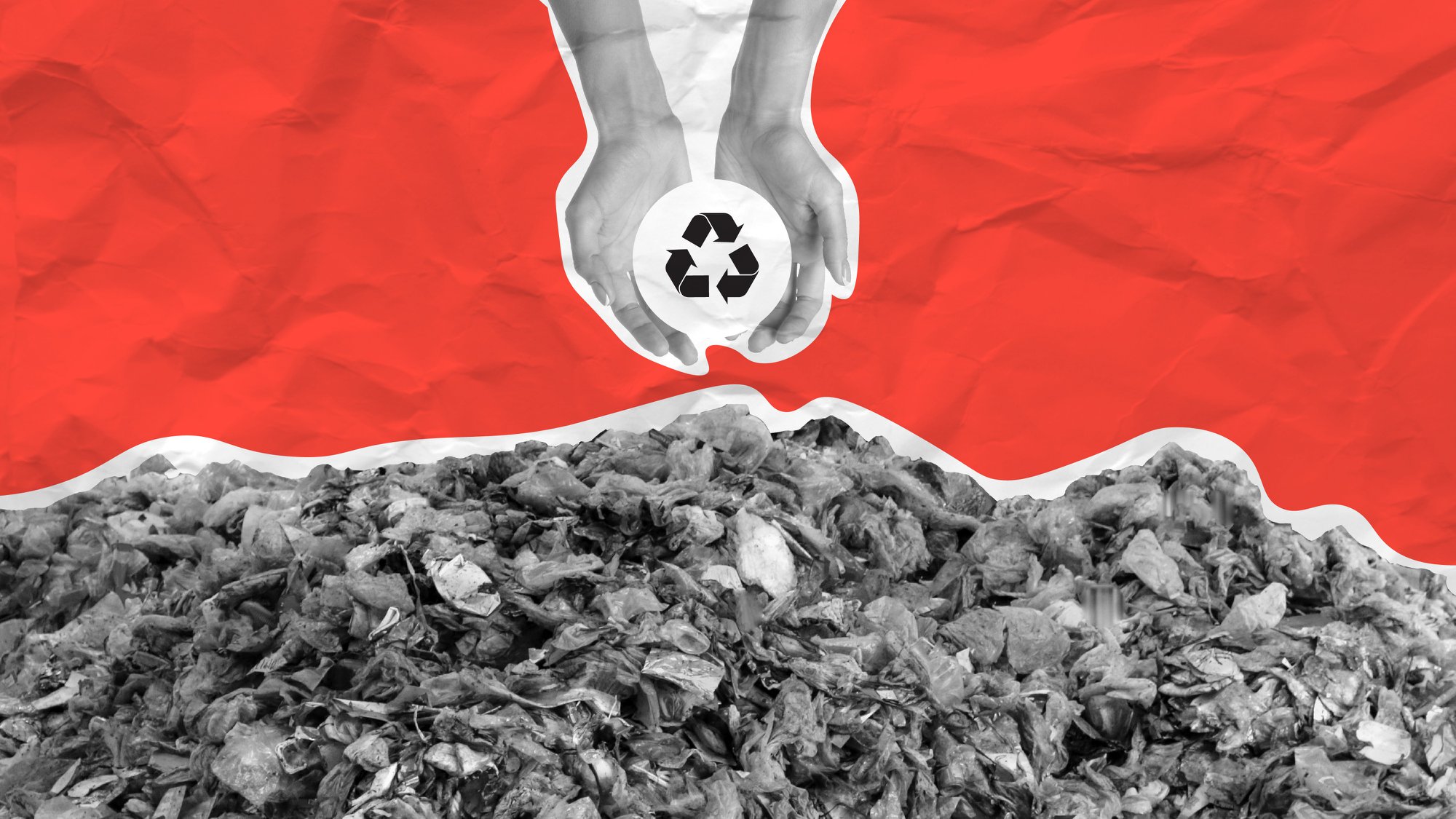Global Recycling Day: Are We Wasting Our Words, Too?

Last week, we ran a simple test. The results weren’t groundbreaking, but they added to the rest.
From previous research, we already know: statistics grab attention, but stories are the way to go.
Yet, when it comes to sustainability, words seem to be going to waste, sent to landfill like 79% of the world’s plastic waste.
Our latest YouGov research highlighted a significant issue.
Our results showed, that when communicating about plastic waste: a statistic captured attention for 50% of respondents, and 40% engaged with it.
The story, on the other hand, captured attention for 34% and 19% engaged with it.
At first glance, this is concerning, and doesn’t quite align with what we know.
But actually, it highlights a critical issue of attention. Because without attention, there’s no engagement.
A story must grab attention, in order to engage.
Communications have got to earn it…
The attention economy
In today’s digital world, attention is a currency.
It’s a resource fought over by media, politicians, and brands who trade in engagement.
But like any currency, its value fluctuates.
When attention is exploited, through clickbait, fear-mongering, and exaggerated claims, people stop listening.
The more we manipulate attention without delivering value, the more we devalue it.
Leading to disengagement, distrust and ultimately, inaction.
Sustainability communication must do more than capture attention. It must sustain it. And that means offering something different. Something novel. The way we communicate, I believe, needs to change.
Positivity? Hope? Evidence of progress? I’m sure everyone has an opinion or a preference. But my take is that so often, people are tired of hearing about the problems with no solutions, that they’re beginning to ignore the content altogether.
Themes inside the research:
Despite being a stat, story, or an image on the topic, two key themes emerged, accounting for over half of disengagement:
Familiarity & fatigue:
“I already know this. I feel helpless about it.”
Distraction & overload:
“I find all the constant, daily scaremongering and hysteria in the MSM to be a complete turn-off and tend to ignore most things: ESPECIALLY anything to do with ‘Climate Change’.”
Some ignored the message.
Others, however, responded:
“It made me want to consume less plastic and recycle more.”
“It made me want more information and to do something to help.”
“Plastic waste is dreadful. I try, but the litter is just as bad.”
So, why is engagement with sustainability so inconsistent?
Why do even the most engaged people tune out when they see specific headlines?
Why do some who seem indifferent suddenly care about specific aspects of climate change?

Fighting for focus
Perhaps I’m too optimistic, but I like to believe that the problem isn’t that people don’t care. It’s just that we’re not giving them a reason to keep listening.
So how can we give them a reason to listen?
As our director Cliff Ettridge puts it in a previous blog: “Every great business is built on its ability to do the basics brilliantly.”
The same is true for communication. And I think we’ve lost track of that. Maybe we’ve been so caught up in getting people to care, that we’ve resorted to tactics which are backfiring.
Recycling the same old tactics, that ultimately aren’t quite cutting it anymore.
In sustainability communications, this means knowing exactly what you’re offering:
- If you’re presenting a statistic, make it the most compelling, surprising one available.
- If you’re telling a story, make it the most relatable, emotionally resonant one possible.
- If you’re showing a visual, make it impossible to ignore.
Final thoughts
Statistics grab attention. Stories create engagement. Visuals create impact and stay in our memories. The most effective communication uses all three strategically.
Because without all three, we lose them.
So what’s the way forward? Because the way we talk about sustainability is almost as important as the actions we take.




